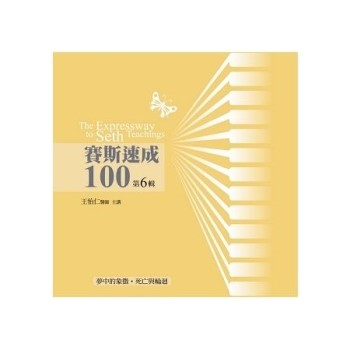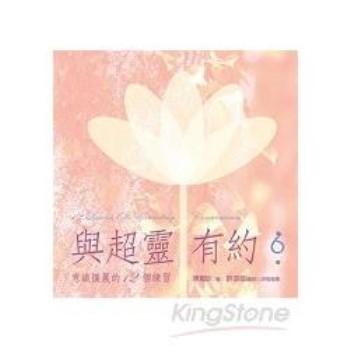A fresh historical perspective on the transformative relationship between sexuality and the arts around 1968
In the late 1960s and early ’70s, sexuality and the arts entered into a remarkably intimate and mutually beneficial relationship: on one hand, scientific theories of sexuality and their pop-psychological counterparts incorporated elaborate reflections on art movements and literary texts, since artistic media were understood as crucial to the project of inventing radically new modes of human living and loving. On the other hand, the aesthetic ambitions that informed new conceptions of sexuality had their mirror image in the varying forms of sexual obsession that characterized contemporary aesthetic theories. Approaches as diverse as those of Theodor W. Adorno, Roland Barthes, Susan Sontag, Leslie A. Fiedler, Peter Gorsen, and Herbert and Ludwig Marcuse all contributed to a dramatic eroticization of the arts. Christine Weder’s interdisciplinary study explores this largely neglected relationship, providing a dual insight into an era of profound transformation: she demonstrates how and why the engagement with art and literature was essential to the programmatic theories of the new Eros. At the same time, she offers a fresh historical perspective on aesthetics around 1968. Whereas aesthetic developments in the late sixties have conventionally been conceived in terms of politicization, Weder demonstrates that the sexualization of the arts was no less profound, and in doing so contributes to a fundamental reframing of this tumultuous period.| FindBook |
有 1 項符合
Intimate Relations: Aesthetics and Theories of Sexuality Around 1968的圖書 |
 |
Intimate Relations: Aesthetics and Theories of Sexuality Around 1968 作者:Weder / 譯者:Vilain,Robert 出版社:Camden House (NY) 出版日期:2024-06-25 語言:英文 規格:精裝 / 352頁 / 普通級/ 初版 |
| 圖書館借閱 |
| 國家圖書館 | 全國圖書書目資訊網 | 國立公共資訊圖書館 | 電子書服務平台 | MetaCat 跨館整合查詢 |
| 臺北市立圖書館 | 新北市立圖書館 | 基隆市公共圖書館 | 桃園市立圖書館 | 新竹縣公共圖書館 |
| 苗栗縣立圖書館 | 臺中市立圖書館 | 彰化縣公共圖書館 | 南投縣文化局 | 雲林縣公共圖書館 |
| 嘉義縣圖書館 | 臺南市立圖書館 | 高雄市立圖書館 | 屏東縣公共圖書館 | 宜蘭縣公共圖書館 |
| 花蓮縣文化局 | 臺東縣文化處 |
|
|
圖書介紹 - 資料來源:博客來 評分:
圖書名稱:Intimate Relations: Aesthetics and Theories of Sexuality Around 1968
|







![塔木德:猶太人的致富聖經[修訂版]:1000多年來帶領猶太人快速累積財富的神祕經典 塔木德:猶太人的致富聖經[修訂版]:1000多年來帶領猶太人快速累積財富的神祕經典](https://media.taaze.tw/showLargeImage.html?sc=11100697818)


